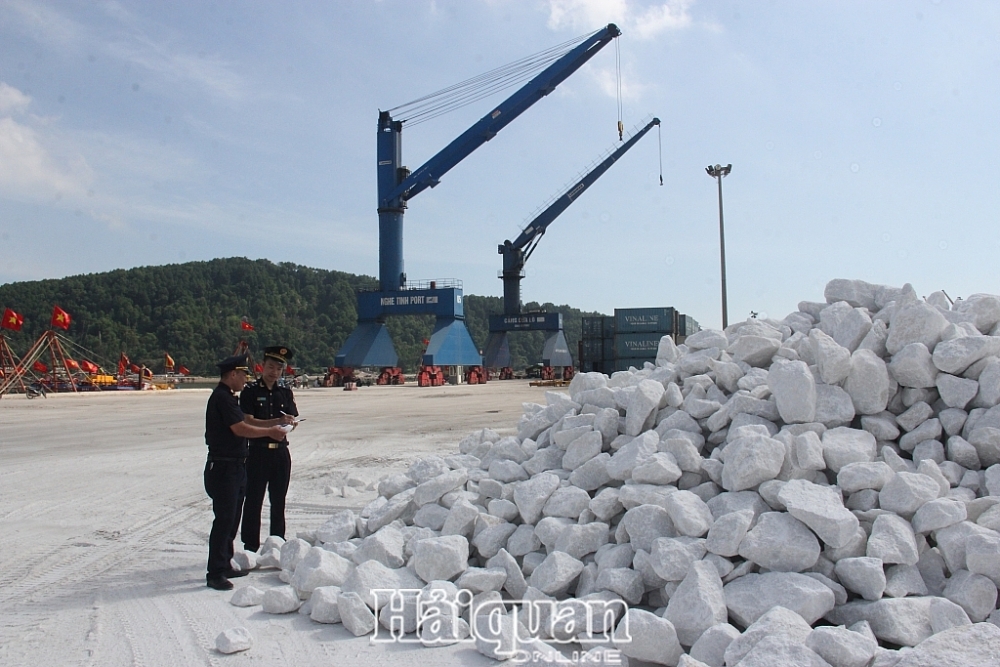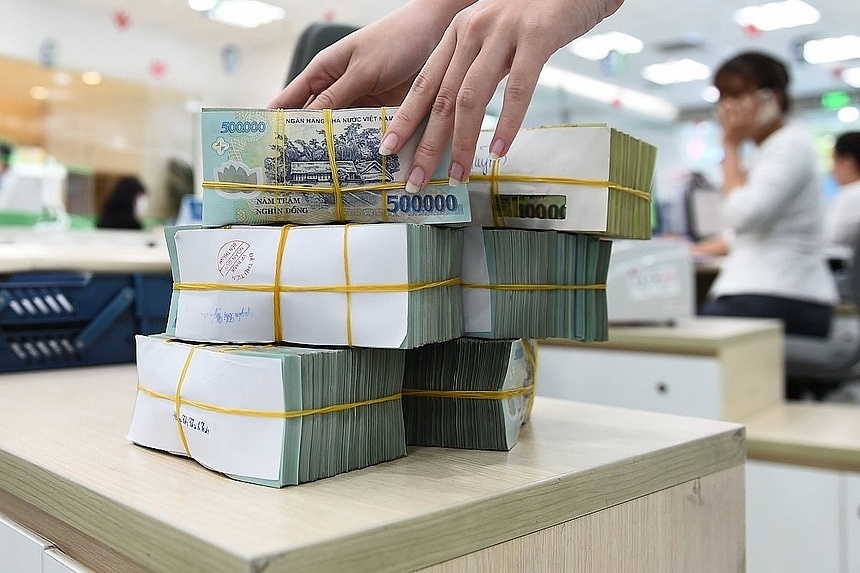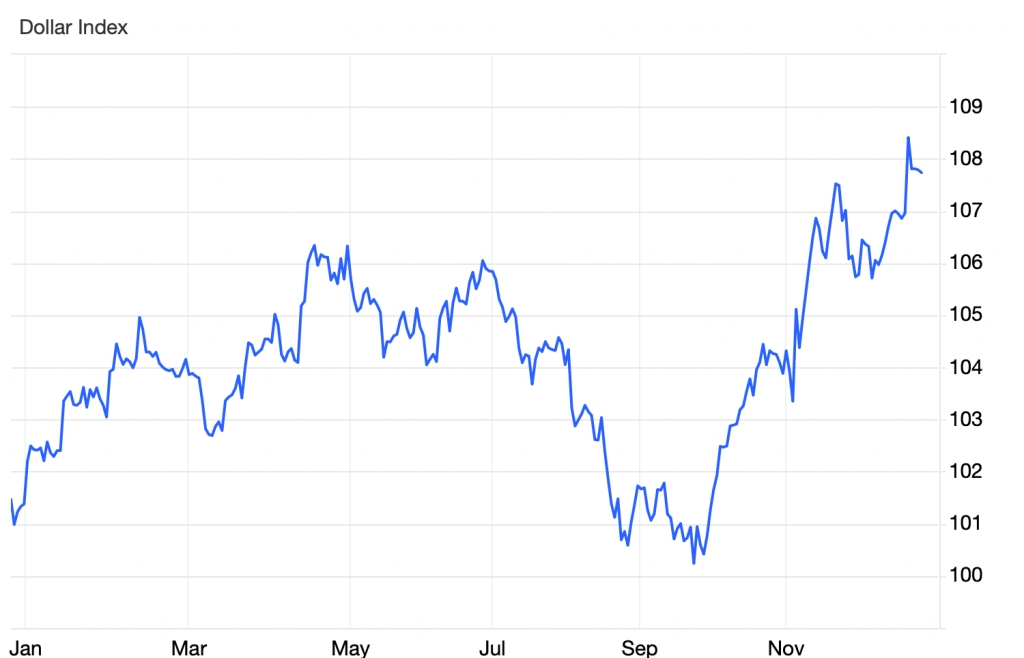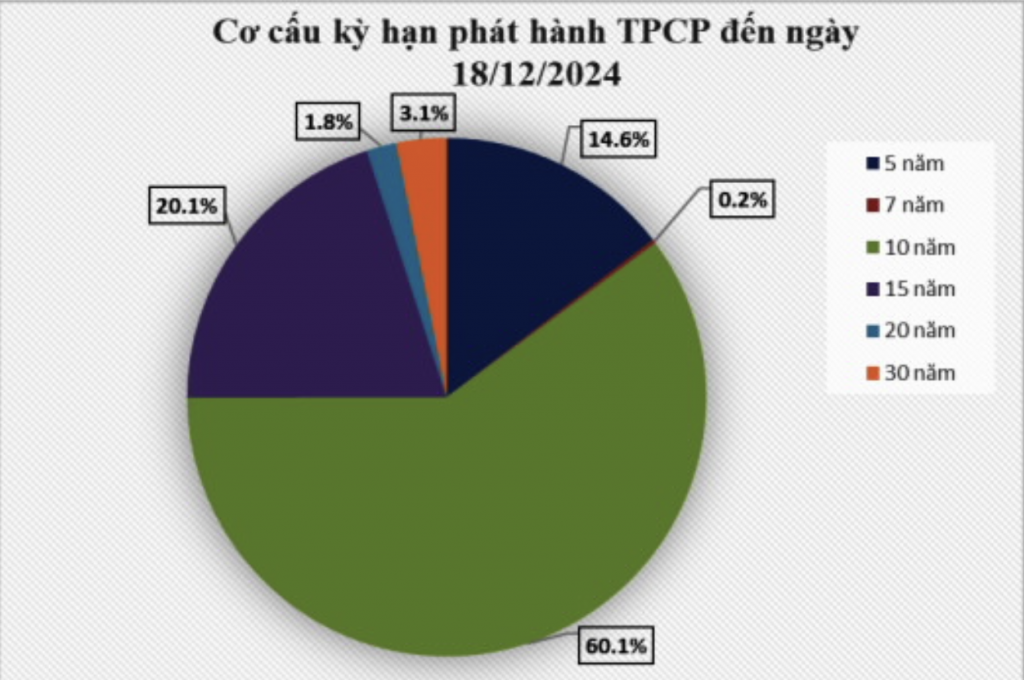The capital challenge for the import-export sector
| Singapore continues to lead the flow of investment capital into Vietnam | |
| Facilitate enterprises to access foreign capital |
 |
| Banks have endeavoured to provide preferential credit to the import-export sector, yet there is a need for improvement in the capital absorption capacity of businesses. Photo: Internet |
Diverse solutions for support
Despite the ongoing challenges, Vietnam's import-export turnover has increased rapidly and reached 200% of GDP. However, according to experts, for the economy to truly benefit, it is essential to develop a robust domestic business community, enhance the value of export goods, and improve participation in global supply chains. According to a report from the Vietnam Chamber of Commerce and Industry (VCCI), nearly 60% of small and medium-sized enterprises lack funding for their production and business activities. Therefore, solutions regarding funding, capital allocation for import-export, and risk reduction in import-export activities are crucial.
Credit structure has shifted positively, focusing on capital allocation to production and business sectors, especially priority sectors, as directed by the Government. Import-export is among the five prioritized sectors. Hence, the banking and financial institutions have introduced various preferential programs and credit schemes specifically designed for import-export businesses, offering lower interest rates than conventional sectors.
For instance, the Vietnam Joint Stock Commercial Bank for Industry and Trade (VietinBank) is providing the VietinBank Trade Up commercial support program, offering a credit package of VND35,000 billion to assist key import-export enterprises with significant payment turnover, accessing short-term credit sources with interest rates starting from only 6.2% per annum for VND and from 3.5% for USD. The Agriculture and Rural Development Bank of Vietnam (Agribank) has recently launched a preferential credit program to support import-export customers with a scale of up to VND25,000 billion. The preferential interest rate is up to 1% per annum lower than the current lending rate of Agribank for each respective term.
Enterprises also noted that many credit institutions have partnered with financial technology companies (Fintech) to implement credit and financial support programs for the import-export sector. This has diversified capital access options, as conditions are more favourable than borrowing from banks, thereby helping businesses avoid external borrowing and potentially exploitative lending with exorbitant interest rates.
Especially given the need to diversify revenue sources from service activities, many banks have introduced effective financial solutions for import-export businesses. These solutions include international payment services with various financial options (such as letters of credit, guarantees, and remittances) and support services to mitigate exchange rate risks.
These solutions can be exemplified by the Bank for Investment and Development of Vietnam (BIDV) with its Trade Booming program that aids import-export enterprises in recovery by reducing commercial support service fees by 50% and international money transfer fees on the digital banking application designed for enterprises. The Maritime Bank (MSB) offers the Easy Trade solution exclusively for import-export businesses, reducing commercial support service fees by up to 30% and providing foreign exchange benefits.
Furthermore, many banks also emphasized that they have established a team of specialists to advise and accompany businesses in handling customs procedures, international payments, and more to facilitate import-export payments. These issues are increasingly necessary as the global currency market experiences constant fluctuations and payment risks when businesses actively seek and expand into new markets.
Must be accurate, relevant, and synchronized
The reality of the first months of 2023 showed that credit growth, in general, has remained low despite various directives to reduce lending rates and numerous credit incentive programs launched by banks. According to experts, the low credit growth is due to limited capital absorption capacity, low demand for borrowing due to insufficient orders, narrowing production and business activities, and banks are also hesitant to lend due to concerns about repayment capability.
Therefore, merely introducing interest rate incentive programs or "calling for" credit growth is insufficient. Businesses believed that comprehensive and flexible solutions were necessary for the import-export sector to recover. One enterprise shared that businesses meeting the criteria for borrowing at lower-than-usual interest rates may still find it challenging to repay debts without orders and outlets. Thus, although the interest rates are low, businesses are not inclined to borrow.
Economic expert Dr. Cấn Văn Lực believed that legal frameworks must be refined to enhance capital access for import-export businesses. This includes allowing credit institutions to perform payment and discount-based lending based on outstanding amounts owed by businesses. Moreover, the Government should improve the legal framework for testing financial technology (Fintech) and peer-to-peer lending (P2P) while enhancing the effectiveness of credit guarantee funds for small and medium-sized enterprises and promoting comprehensive financial education for businesses and citizens.
According to businesses, the import-export sector often generates foreign exchange earnings and transparent revenue sources through LCs (Letters of Credit) and sales contracts. These can be used as collateral to secure funding.
Hence, support solutions need to be accurately assessed and tailored to the actual situation of businesses. For the import-export sector, apart from preferential credit sources, there's a need for support to utilize better signed Free Trade Agreements (FTAs), efficiently implement trade promotion, connect supply and demand, and diversify products and export markets. These solutions would help businesses generate revenue and new profits to repay debts. If these solutions are not implemented cohesively, credit flow might not be directed appropriately, making businesses unable to repay debts, which could increase non-performing loans for banks and significantly affect financial system security.
For businesses in the import-export sector and across various fields, diversifying funding sources is essential to avoid reliance solely on credit. Risk management needs to be strengthened, particularly financial risks, interest rates, exchange rates, and fraudulent activities related to import-export activities.
Related News

Coconut export enter acceleration cycle
11:02 | 30/12/2024 Import-Export

Increasing consumption demand, steel enterprises have many opportunities
07:43 | 31/12/2024 Import-Export

The Middle East: a promising seafood export market for Vietnam
07:43 | 31/12/2024 Import-Export

Export tax rates of 13 commodity codes to increase to 20% from January 1, 2025
13:46 | 28/12/2024 Regulations
Latest News

Banking industry to focus on bad debt handling targets in 2025
14:38 | 03/01/2025 Finance

State Bank sets higher credit growth target for 2025
15:22 | 31/12/2024 Finance

Outlook for lending rates in 2025?
15:20 | 31/12/2024 Finance

Tax policies drive strong economic recovery and growth
07:55 | 31/12/2024 Finance
More News

E-commerce tax collection estimated at VND 116 Trillion
07:54 | 31/12/2024 Finance

Big 4 banks estimate positive business results in 2024
13:49 | 30/12/2024 Finance

Flexible and proactive when exchange rates still fluctuate in 2025
11:03 | 30/12/2024 Finance

Issuing government bonds has met the budget capital at reasonable costs
14:25 | 29/12/2024 Finance

Bank stocks drive market gains as VN-Index closes final Friday of 2024 on a positive note
17:59 | 28/12/2024 Finance

Banks still "struggling" to find tools for handling bad debt
13:47 | 28/12/2024 Finance

Forecast upbeat for banking industry in 2025
14:30 | 27/12/2024 Finance

Ensuring financial capacity of bonds issuers
11:09 | 26/12/2024 Finance

Finance ministry announces five credit rating enterprises
14:54 | 25/12/2024 Finance
Your care

Banking industry to focus on bad debt handling targets in 2025
14:38 | 03/01/2025 Finance

State Bank sets higher credit growth target for 2025
15:22 | 31/12/2024 Finance

Outlook for lending rates in 2025?
15:20 | 31/12/2024 Finance

Tax policies drive strong economic recovery and growth
07:55 | 31/12/2024 Finance

E-commerce tax collection estimated at VND 116 Trillion
07:54 | 31/12/2024 Finance

